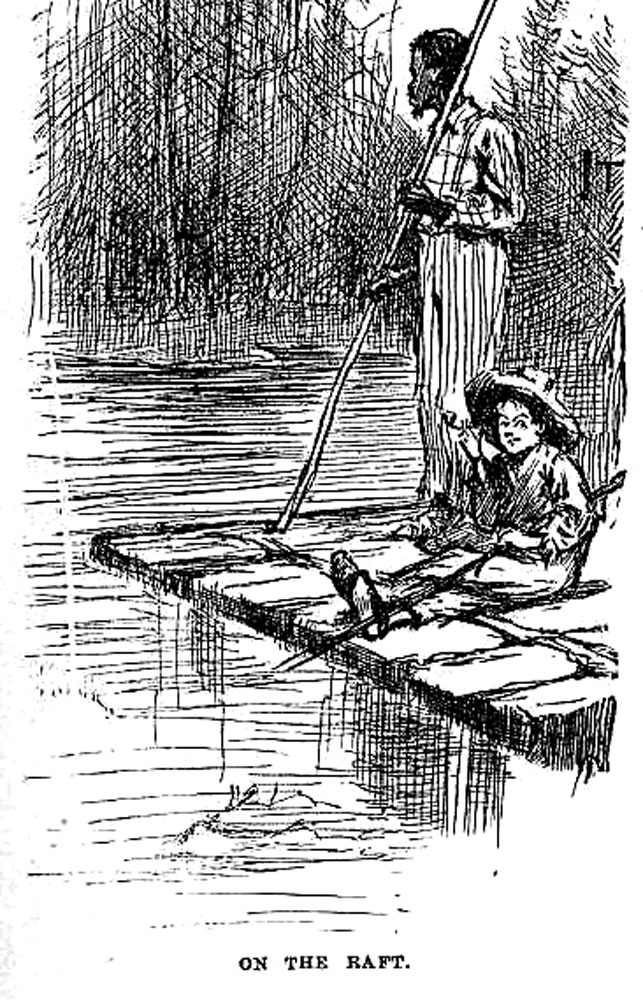
I’d never heard of author James Church (a pseudonym for a former western intelligence officer) before someone lent me A Corpse in the Koryo . It’s carefully written, in a restrained, picturesque style that seems (to me, as an ignorant westerner) evocative of Asian thinking. And it delivers all the grim tragedy one expects, in a story set in North Korea.
. It’s carefully written, in a restrained, picturesque style that seems (to me, as an ignorant westerner) evocative of Asian thinking. And it delivers all the grim tragedy one expects, in a story set in North Korea.
Inspector O, a police detective in Pyongyang, is a loose cannon in the honored tradition of fictional cops. Of course, a loose cannon in North Korea enjoys a lot less scope than one in, say, Los Angeles. He expresses his individuality through small acts of rebellion, like “forgetting” to wear the uniform badge that bears the portrait of the Dear Leader, and pursuing the solitary (hence suspect) hobby of woodworking, when he can get his hands on wood and supplies.
He’s lucky, too. He’s the grandson of a national hero, and a government minister who was his grandfather’s friend gives him a certain level of protection.
Still, Inspector O is under constant suspicion. But then, everyone is under constant suspicion.
The story, presented as a debriefing given to a British agent, begins with Inspector O sitting on a hill overlooking a highway, with a camera, waiting for a particular car to pass by. He’s supposed to take a picture of the car, but when he tries, the battery in his camera is dead (par for the course). Shortly after returning to his office, he is told that a little boy has been killed near the site where he had been watching. Then he attends a tense meeting with several police and intelligence officers, and is ordered to go to another city for a while and lay low. However, when he gets there, there are messages and clues, and mysterious meetings.
And so it goes. Nothing is what it seems in O’s world, and anyone not known to be a friend is probably an enemy. No one speaks directly. Messages are conveyed by nuances and things left unsaid. The mystery is convoluted, and the normal difficulties of police work are exacerbated by the difficulty of getting things as simple as aspirin, a meal, or notebooks (to say nothing of information).
But for all the subtleties of Korean society, death is brutal, bloody, and unsparing.
A Corpse In the Koryo is an excellent mystery for grown-ups not afraid of sorrow and futility, and anyone interested in a glimpse into the world’s most closed and secretive society. It’s not an easy read, as the reader needs to pay close attention both to spoken words and silences. Recommended.
Like this:
Like Loading...









